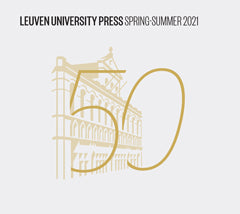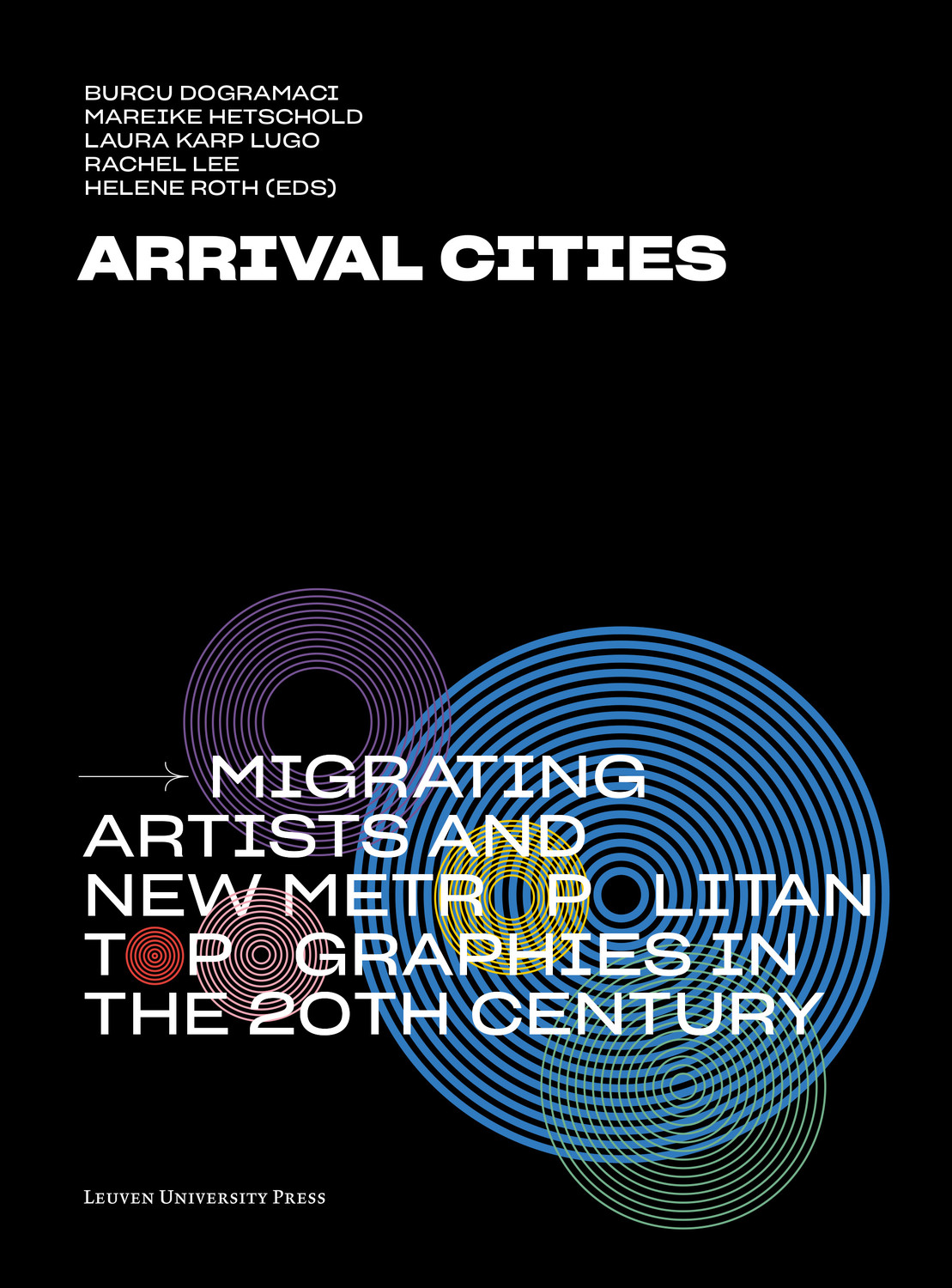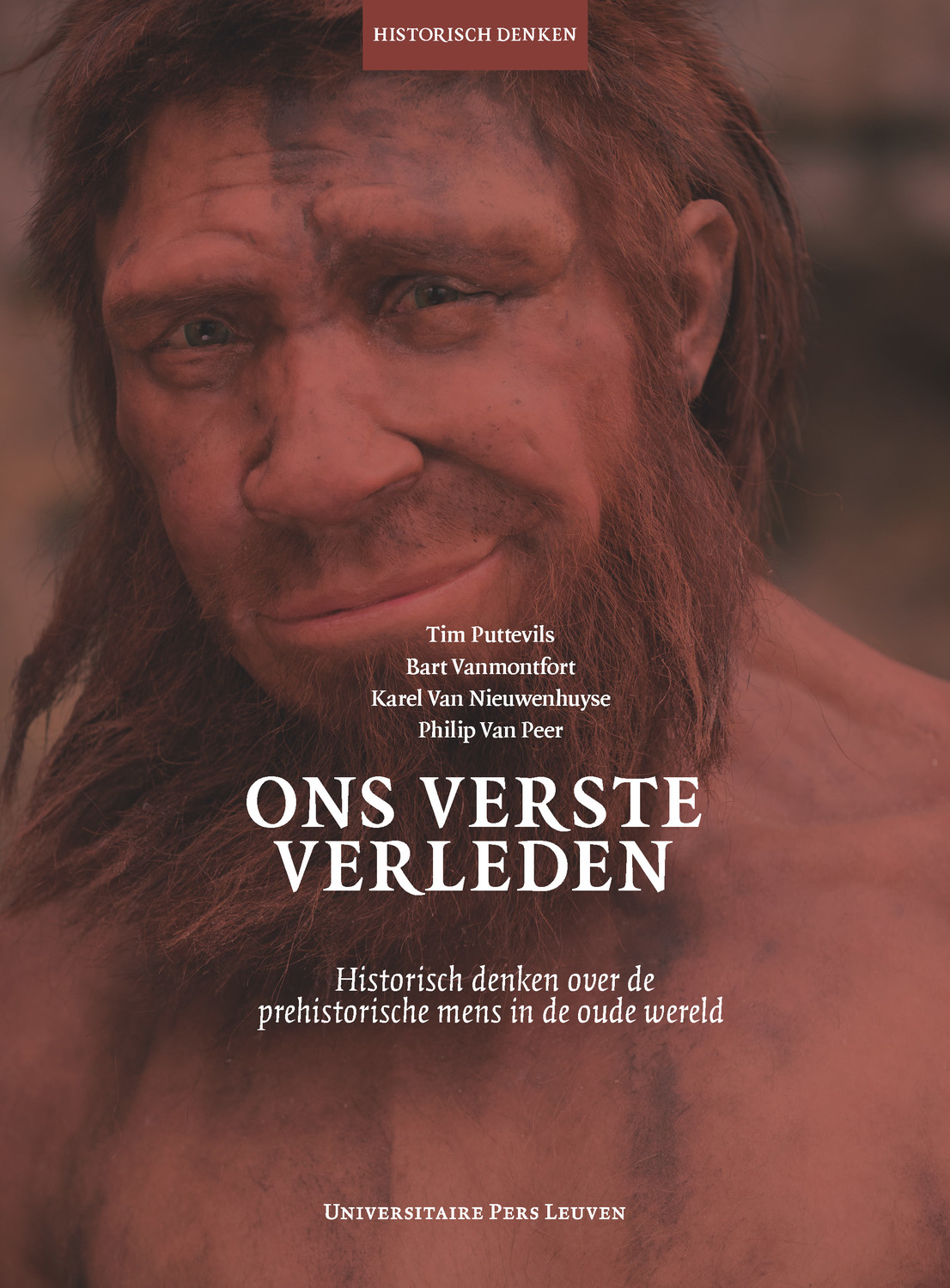Art museums have an important role to play in helping audiences to make sense of photography not only as art, visual communication, and social practice but also as a vehicle for promoting critical citizenry and civic engagement.
Photography was long regarded as a “middle-brow” art by the art institution. Yet, at the turn of the millennium, it became the hot, global art of our time. In her book A Gust of Photo-Philia Alexandra Moschovi tells the story of photography’s accommodation in and as contemporary art in the art museum.
Briefly and concisely explain in plain language what the book is about.
A Gust of Photo-Philia: Photography in the Art Museum tells the story of photography’s accommodation in and as contemporary art in the art museum since the 1930s. It examines how museum practices have altered the appreciation of photography as art, visual communication, and social practice, and how the inclusion of photography played a decisive role in the metamorphosis of the art museum into a discursive, social site. The title “A Gust of Photo-Philia” points both to the belated accommodation of photography in the art museum and to the centrality of photographic media in contemporary art, culture, and the art museum.
My argument advances two complementary positions. On the one hand, I argue that photography’s multifarious nature was restrained by an emphasis on its “unique” characteristics in institutional attempts to legitimize it as an independent art. On the other, I demonstrate that the reinvention of a post-media photographic field of practice was as much a consequence of the reevaluation of the photographic image in the postmodern period and against new technological developments as it was a useful narrative umbrella for art museum collections. The book also questions what the place of photography is in the art museum now that ‘we are all photographers’ and online platforms challenge the function and relevance of the physical museum. Transnational in scope, this analysis is pursued through contrasting case studies (the Victoria and Albert Museum, Tate, the Guggenheim, MoMA, and the Centre Pompidou), examining shifts and turns, commonalities and differences in their exhibition and collecting policies. These findings are analyzed against past and current key museological and curating debates and with reference to wider, concurrent phenomena in culture, society, economy and politics. In doing so, my aim was to allow these chapters to be read in relation to each other and independently.
What or who inspired you to choose this topic?
The idea behind this book goes back a long time, in the early 1990s when, still a photography student, I witnessed the heated debates between photographers and photo-based artists. I remember one instance, a symposium with the schismatic title From the Photography of Photographers to the Photography of Artists or From Art Photography to Photo Art organized in 1994 in the context of the international photography festival Photosynkyria in Thessaloniki, Greece. For a day, theorists, photographers, artists, and curators from all over Europe fought over photography’s autonomy in the contemporary art scene and artists’ claims to use photography as a creative tool. Thus my interest in the subject was ignited by my frustration as a young artist, and subsequently curator, as I wondered: What does it take to have one’s photographic work exhibited in the art museum? Why do some photographic genres and practices are favored over others? How can different photographic objects be considered museum collectibles? What is the impact of new digital technologies in these processes? This is why I wanted to write a book about photography’s institutionalization as contemporary art and its present status in the art museum, hoping to make a contribution of a different order to current discussions around its changing currencies in art and culture.
Do you have any reading suggestions to share (books, blogs, journals, ...) for anyone who wants to know more about the subject?
For those interested in exhibition histories, the voluminous anthology Photoshow: Landmark Exhibitions that Defined the History of Photography (2014), edited by Alessandra Mauro, offers, as the title suggests, valuable insights into seminal photographic exhibitions in the history of the medium, penned by international photography historians and curators. Juliet Hacking’s recent book Photography and the Art Market (2018) illuminates how museum exhibition and collecting practices have had a decisive impact on the monetary value of photographic works in the international art market.
For current debates on photographic practice and curating photography, I would recommend the online platform Unthinking Photography, part of The Photographers’ Gallery digital program, and the blog Still Searching, which, initiated by the Fotomuseum Winterthur, hosts a range of invited writers. The journal Photographies also publishes new research about contemporary photographic practices, with past issues including articles on the interfaces of photography, the museum, and the art market.
How did the writing process for this book go? Did you experience anything surprising, amusing or strange?
Lasting for almost two decades, the research for this book involved several art institutions, from modern and contemporary art museums to dedicated museums of photography and media. In the course of this time, many things changed in photographic practices and technologies concurrently with major shifts in museum and curatorial practices. In a way, the long writing phase enabled me to capture and evaluate these complexities more comprehensively while retaining some critical and historical distance.
The archival research was particularly rewarding even if the type of materials that I could access differed from institution to institution. Some institutions keep comprehensive archival holdings of their exhibitions, from organizational memoranda and floor plans to wall texts and insurance documents, while in others I struggled to locate even installation photographs of specific exhibitions. Having spent a whole summer in MoMA’s temporary library and archive facility in Queens while the museum was being refurbished in the early 2000s, it is encouraging to see that, in recent years, more art institutions follow the example of MoMA and the Centre Pompidou in making press releases, installation photographs, and even out-of-print exhibition catalogs available online. These are invaluable resources for scholars exploring exhibition histories.
What would you like readers to remember about your book?
The case studies I examined show that art museums have come a long way since the early examples of photography’s institutionalisation discussed at the beginning of the book, but there is still significant work to be done. Art museums have an important role to play in helping audiences to make sense of photography not only as art, visual communication, and social practice but also as a vehicle for promoting critical citizenry and civic engagement.
Do you have any plans yet for another publication? What will it be about?
I am not sure yet what my next publishing venture will be. I have already conducted extensive research in a number of photography and media museums in Europe, and I am also presently interested in developments and debates in and around post-photography, digitality and materiality as well as current practices involving participation and social activism that I only touched upon in A Gust of Photo-Philia. So perhaps my next book concentrates on one or more of these areas. This may be going against the advice of my nine-year-old daughter, who suggested that a good book should have “adventure, some drama, a few cliffhangers, and lots of cool words, like Dahl”.
A Gust of Photo-Philia
Photography in the Art Museum
Alexandra Moschovi















































